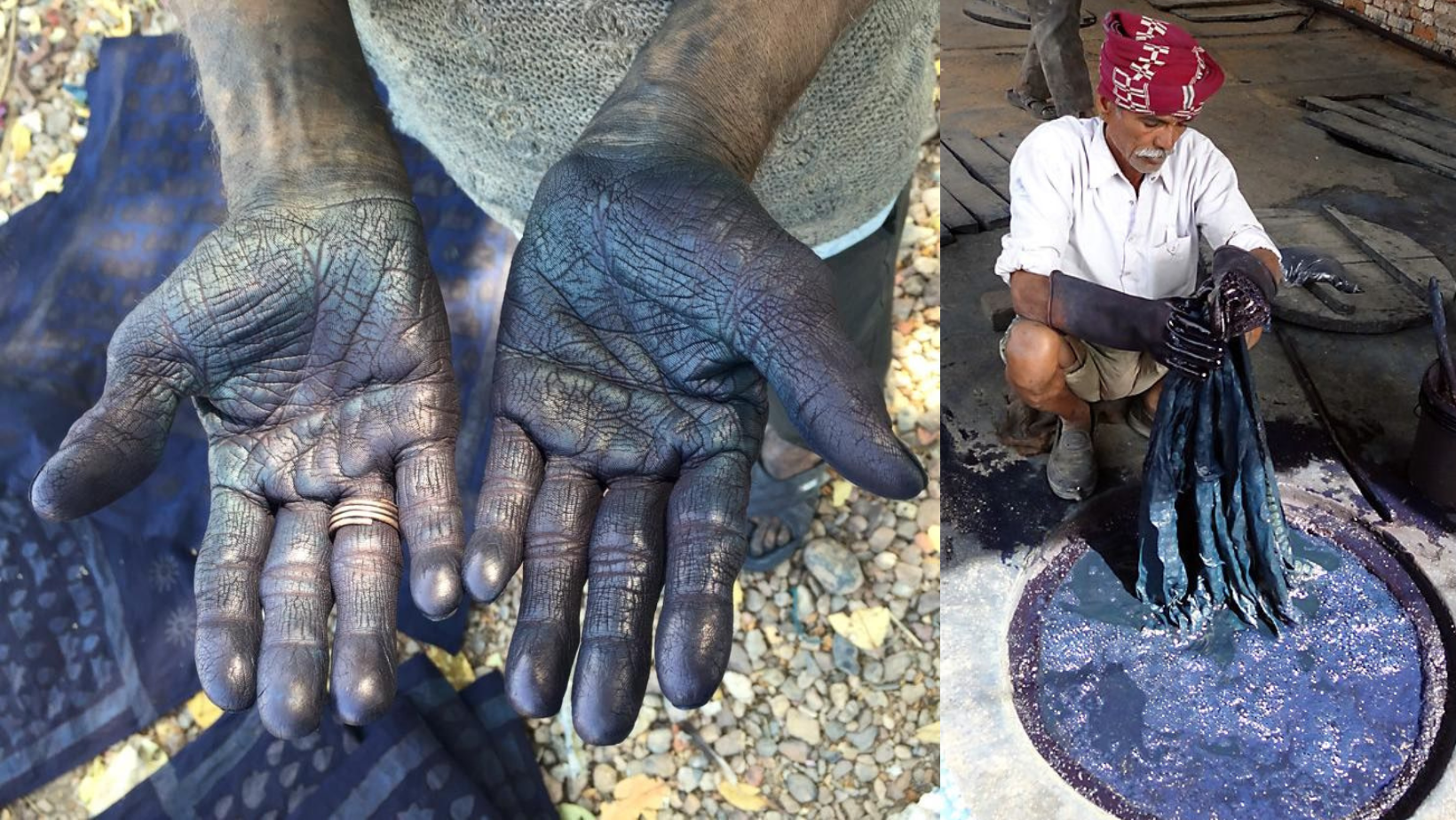The color plays hide and seek
seeking shelter inside the thick pomegranate rinds.
Seeds red enough to replace rubies on the Queen’s crown,
and taste sweet enough to put honey out of business
It could paint the town red
If only the town wasn’t burning
Bruised and battered
Against the battle of the chemicals
Red, what do you have to shy against?
You are the romance
After all, in this world of poison,
You are the the fruit.
Many say that natural dyes are making a come back after years of cheap synthetic dyes. At Sahana, they never left. We’ve been using natural dyes to give our clothes a spirited yet subtle touch of colour while our strive for sustainability continues strong. Natural dyes are colorants extracted from rich sources in nature, mostly from plants and vegetables. These dyes lie in the extraordinary parts of a plant, which otherwise, the common man would find mundane. From roots and stems to barks and flowers, or clay, nature has always been a generous gift-giver and it feels like Christmas all year round!
Native to India, the vibrant and bold Indigo is a stellar example of a natural dye that has embedded itself onto most pieces of clothing. Primarily extracted from the plant Indigoferra, Indigo has a rich history and culture seeping throughout India where the process of natural dyeing has become an art that flows through generations. Most natural dyeing includes a liquid element, usually water, which acts as a solvent. The fabrics are immersed in large pools with the dye, called the dyebath. This is brought to a slow yet constant simmer that takes place over weeks, and at times months, to achieve the desired shade.
A combination of plant extracts, heat, and dedicated patience brings to life the process of natural dyeing. It’s hardwork, but the rewards are worth it. Unlike chemical dyes, these are made 100% using parts of plants. Whether it’s a beautiful red using Mulberry roots or a striking black using rusted iron - natural dyeing makes use of nature in the best way possible. It is a reflection of the versatility of nature, proving time and again how something as mundane as a plant root can be transformed into a remarkable palette of romantic red.
Our dyes are strictly Azo-free, meaning they are produced without dangerous chemicals like nitrogen or bleach. These ingredients have proven to be carcinogenic, and in no reality is the colour of a cloth worth the damage it causes. Azo-dyes usually contain multiple allergens and toxic chemicals that harm the skin and have been banned in multiple places worldwide. Instead, natural dyes are the way forward with numerous benefits.
Safer for the environment and bringing us a step closer to the planet, natural dyes require little to no cost in terms of fuel. They are sourced locally, without the need for cross-country trade that increases carbon footprint by hundreds. Unlike synthetic dyes, natural ones aren’t mass produced in factories but are hand-made through the labour of love and skill, flourishing in the eco-friendly practises of indigenous artisans. Without the use of heavy machinery, natural dyes are much less energy dependent than chemical dyes, saving electricity and sparing water bodies of pollutants. Since they are derived from nature, they go right back into nature, meaning they are biodegradable and don’t remain on the planet as pollutants for the next millennial. Not only are they kind to the environment, but they are also therapeutic to the skin. Natural dyes do not contain toxic chemicals that cause allergies on the skin. Some dyes, like turmeric, are actually soothing and anti-bacterial too.
An eco-friendly route that has no pit stops in between to rivers or wastelands, natural dyes come and return from their homes undamaged. Sahana’s promise to sustainability encapsulates our reasoning behind natural dyes and how effortlessly they alleviate our pieces, and we are always in awe of the process and artisans that are the backbone to this sustainable venture.






